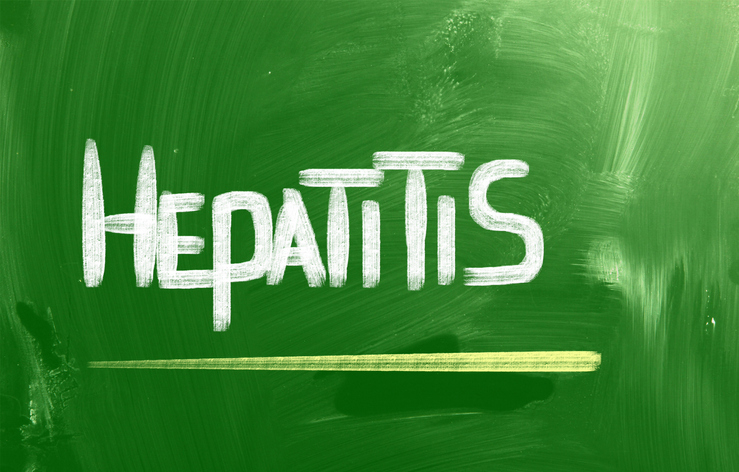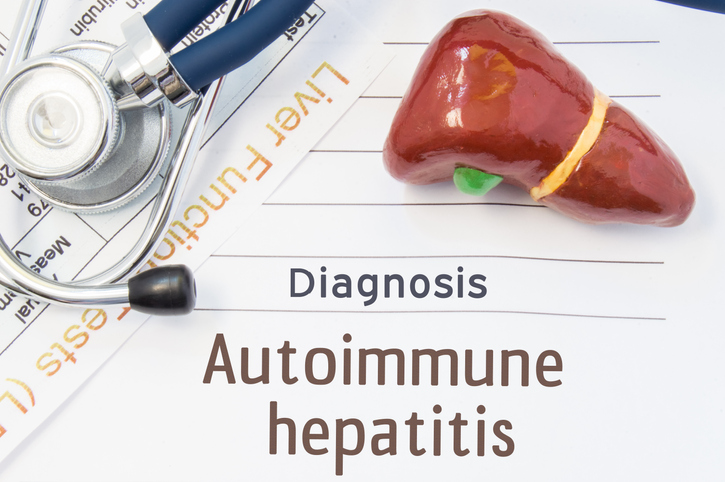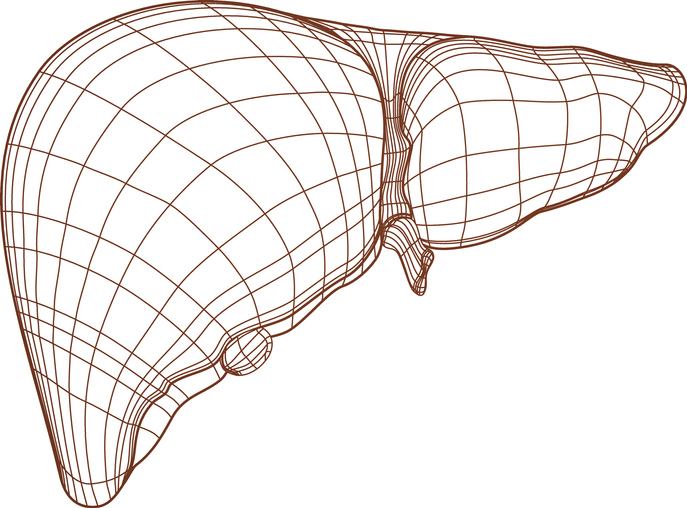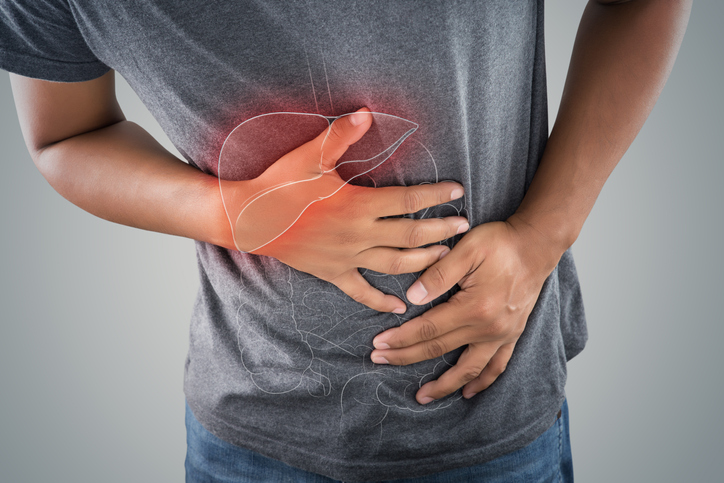Pain
Diagnosing Toxic Hepatitis

What is hepatitis?
Hepatitis is an inflammatory condition of the liver. It is categorized based on the cause of the condition: viral, autoimmune or toxic. Depending on the type of hepatitis, it is either acute (short-term) or chronic (ongoing).
What is toxic hepatitis and how is it diagnosed?
Toxic hepatitis is caused by drugs, alcohol, or exposure to certain chemicals. There are three types of toxic hepatitis: drug-induced, alcohol-induced, and chemical-induced. The diagnostic process for toxic hepatitis typically includes a medical history, physical exam, blood tests, imaging tests, and if needed, a liver biopsy.
Medical history and physical exam
A thorough medical history is usually the first step in the diagnostic process. It involves questions about symptoms; current and previous medications or supplements; alcohol or drug use; and any exposure to environmental toxins, such as pesticides, herbicides or chemicals. A physical exam for toxic hepatitis includes a health care provider checking the abdomen for any swelling, tenderness or pain.
Blood tests
Blood tests that may be ordered during the diagnostic process include a comprehensive metabolic panel, liver panel, and overdose tests.
- Comprehensive metabolic panel (CMP)
A CMP measures various facets of health. It can be used to check for indicators of hepatitis and to rule out other medical conditions. - Liver panel
A liver panel checks the levels of liver enzymes and bilirubin in the blood. Bilirubin is a waste product produced by the liver. Elevated bilirubin levels may indicate liver damage. - Overdose tests
If excessive consumption of alcohol or drugs is a suspected cause of toxic hepatitis, blood and urine tests can be used to measure the amount of these substances in the body.
Other tests
In addition to blood tests, other medical tests that may be ordered during the diagnostic process include imaging tests and a liver biopsy.
- Imaging tests
- A number of imaging tests may be ordered to check for liver damage or abnormalities caused by toxic hepatitis. These tests may include an ultrasound, computerized tomography (CT) scan, magnetic resonance imaging (MRI), magnetic resonance elastography (MRE), or transient elastography.
- Liver biopsy
- During a liver biopsy, a needle is used to remove a small amount of tissue from the liver. This tissue is then studied under a microscope. The results can help confirm a diagnosis of hepatitis, rule out other conditions, and evaluate the type and extent of liver damage.



















